The Nazi dream of ruling the skies over the European continent, to further their ambitions of controlling the western hemisphere, is not a secret and a quick look at the list of the rocket scientists working for the Third Reich explains a lot about the efforts to realize the dream of aerial supremacy by the Luftwaffe.
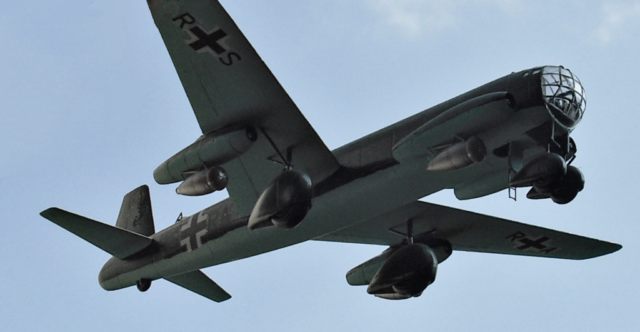
One of the greatest advancements in aviation achieved by the Nazi engineers was the Junker 287, which was nicknamed ‘Hitler’s Flying Monster.’
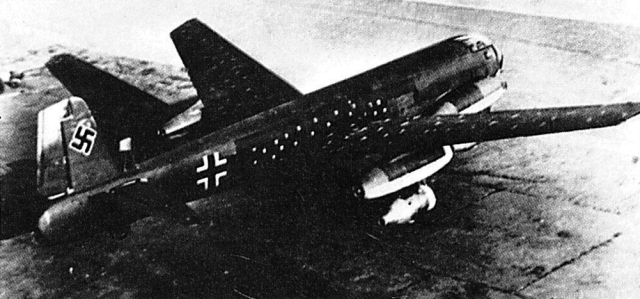
The design of the Ju 287 started formulating in the early months of 1943 and from the beginning one feature distinctly stood out, namely its radical forward swept wings.
The design in itself was so ingenious that the construction of the test bed aircraft quickly commenced and successfully flew on August 16, 1944.
The aircraft was no little jet; it was literally a Frankenstein’s monster of an aircraft that had ‘swallowed’ in a number of parts from other bombers and fighters.
For example, the nose wheels of the Ju 287 came from two B24 Liberators that were previously bombed down.
The fuselage was taken out from He177 while another Ju352 brought in the main wheels of the Ju287.
The stabilizing tail end of the monster craft came in from parts of Ju388.
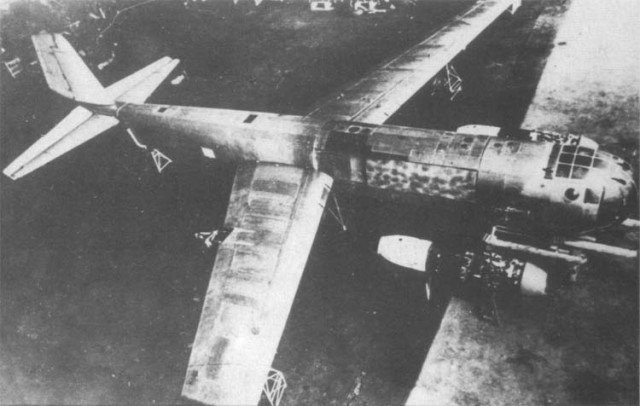
The subsequent prototypes of the Ju287 were far more accurately designed and provided much more superiority to the bomber over other conventional aircraft.
However, these later productions were captured by the Red Army during the closing stages of the Second World War.
The Red Army had already received knowledge of the potential capabilities of these crafts and their new designs and decided to initiate their own experiments on the new idea after the War had ended.
The Ju287 was not a final product by any standard, it was rather a test bed for giving the Nazi engineers better understanding of new frontiers in the field of aerodynamics. The test bed was powered by four large Junkers Jumo 004 engines, and the most prominent feature that needed far more experimentation was its newly installed swept forward wings.
From the conception of the idea, the intention of the Nazi engineers was to finally come up with a large bomber with the ability to effectively outrun and outmanoeuvre other similar bomber aircraft during bombing sorties and other skirmishes.
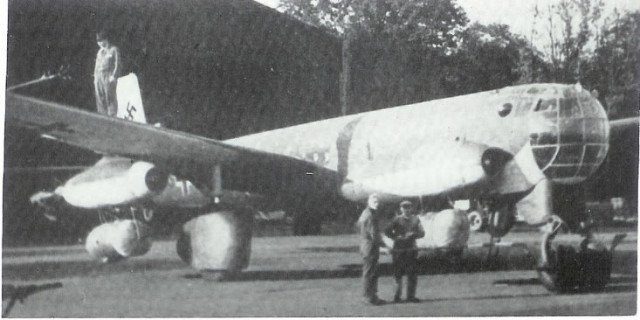
The swept forward wings were hence the step forward towards that goal, as these wings gave Ju287 the capability to gain altitude at low speeds with extra strong lift.
This was a particularly amazing feat as the early turbojets were not reliable and could be highly vulnerable in situations requiring sudden lifts due to the lack of jet’s responsiveness to such maneuvering.
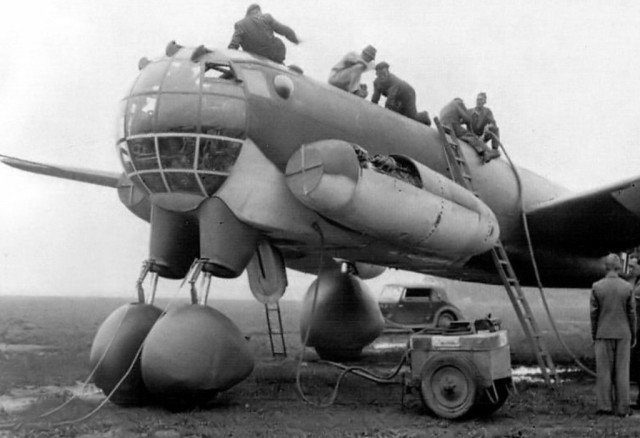
As the testing of the test bed Ju287 started on August 16, 1944, the initial response of the aircraft was rather satisfactory and met the expectations on many fronts, however, it revealed some previously unanticipated flaws on the course of testing.
One of the flaws 287 exhibited in the test stages was related to its swept forward wings that showed a drawback called ‘wing warping’.
The wind warping was essentially a forward in-flight flexing of the main spar and wing assembly that was observed during the high-altitude flight tests.
The engineers working on the 287 suggested at the time that by simply adding additional engine mass under the wings could significantly overcome this phenomenon.
This technical improvement was authorized and was later incorporated with the subsequent prototypes, and the issue was dealt with, on top of the fact that the new prototypes were now powered by far superior BMW 003 engines instead of Heinkel-Hirth Hes 001 engines.
